Let’s explore what causes dark spots, what types of pigmentation exist, and how you can treat them effectively.
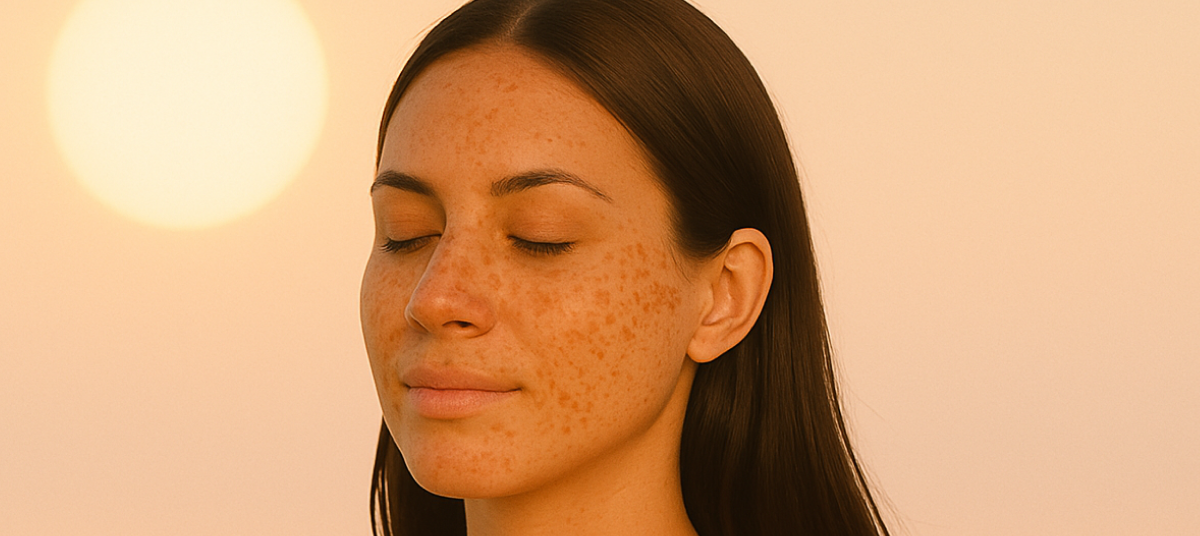
Pigmentation: What Can You Do About It?
Pigmentation is one of the most common concerns people bring to dermatologists and beauty consultants. Whether it’s dark spots, post-acne marks, or freckles that once felt cute but now just bother you — most of us crave even, glowing skin. But can skincare really help?
Let’s find out together.
What Is Pigmentation, Exactly?
Pigmentation is the excess (localized or widespread) production of melanin in the skin. Melanin is the pigment responsible for the color of your skin, hair, and eyes. It’s produced by cells called melanocytes, and normally, they know how much to make. But sometimes that system goes off track — and you end up with spots.
Here are the most common types of pigmentation:
- Melasma – Symmetrical patches that appear on the cheeks, forehead, or above the upper lip. Often triggered by hormonal changes (like pregnancy or contraceptives) combined with sun exposure.
- Post-inflammatory hyperpigmentation (PIH) – Spots that appear after acne, insect bites, or skin injuries. More common in people with medium to dark skin tones.
- Lentigines (sun spots) – Typically appear with age or from frequent sun exposure.
- Freckles (ephelides) – Genetically inherited and become more noticeable with sun exposure. They’re not harmful but may darken with age.
Why Does Pigmentation Occur?
Several factors can contribute to pigmentation:
- Sun exposure. This is the number one cause — no contest. Pigmentation is your skin’s way of protecting itself from UV rays.
- Hormonal changes. Think pregnancy, hormone therapy, or thyroid issues.
- Inflammation. Even a small pimple or scratch can leave behind pigment.
- Incorrect skincare. Using acids, retinol, or vitamin C without proper sun protection can make things worse.
What Can You Do?
The first step? Figure out what’s causing your pigmentation.
Ideally, that means seeing a dermatologist for a proper diagnosis. But even before that, there are tried-and-true strategies that can make a noticeable difference in most cases.
1. Daily SPF — No Exceptions
SPF is your best friend in the fight for even skin tone. Without it, nothing else will work. Brightening products are useless if UV rays are still triggering melanin production. So apply your sunscreen generously — the two-finger rule is a great guide — every single day. Yes, even on cloudy days. Yes, even in winter.
2. Incorporate Brightening Ingredients
If pigmentation is a concern (regardless of the type), these ingredients can be your go-to heroes:
- Niacinamide – Reduces melanin production and strengthens the skin barrier.
- Azelaic acid – Safe for sensitive skin, great for PIH.
- Kojic acid – Inhibits tyrosinase, an enzyme involved in melanin production.
- Tranexamic acid – Especially effective for melasma.
- Retinol – Promotes cell turnover and fades PIH and sun spots.
Try:
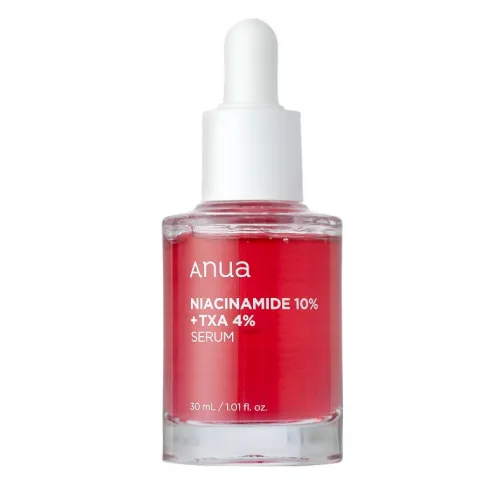
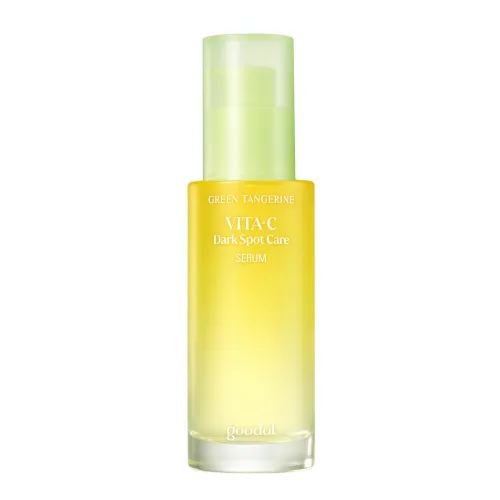
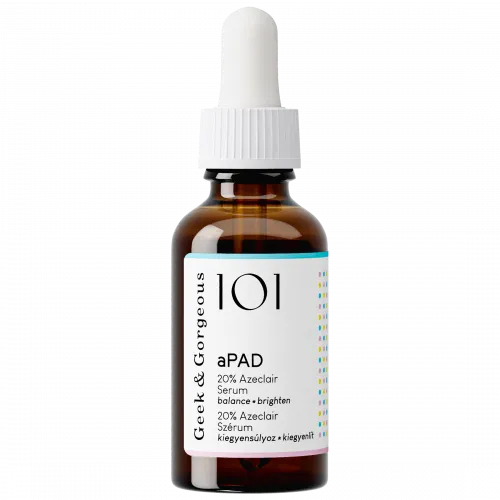
Important: Don’t layer all active ingredients at once. Introduce them gradually — ideally under professional guidance.
3. Be Gentle With Your Skin
Friction, pimple popping, abrasive scrubs, or reactions to harsh products can all make pigmentation worse. A gentle, non-irritating routine is key.
4. Consider Professional Treatments (When Appropriate)
Chemical peels, lasers, and mesotherapy can work wonders — but only when properly indicated. They come with seasonal restrictions, contraindications, and risks. Not all types of pigmentation respond well to laser (melasma, for instance, can worsen). But the right procedure paired with the right skincare can deliver excellent results.
And Most Importantly — Give It Time
Pigmentation doesn’t vanish overnight. It often takes months of consistent care to see real changes — but trust us, the results are absolutely worth it.

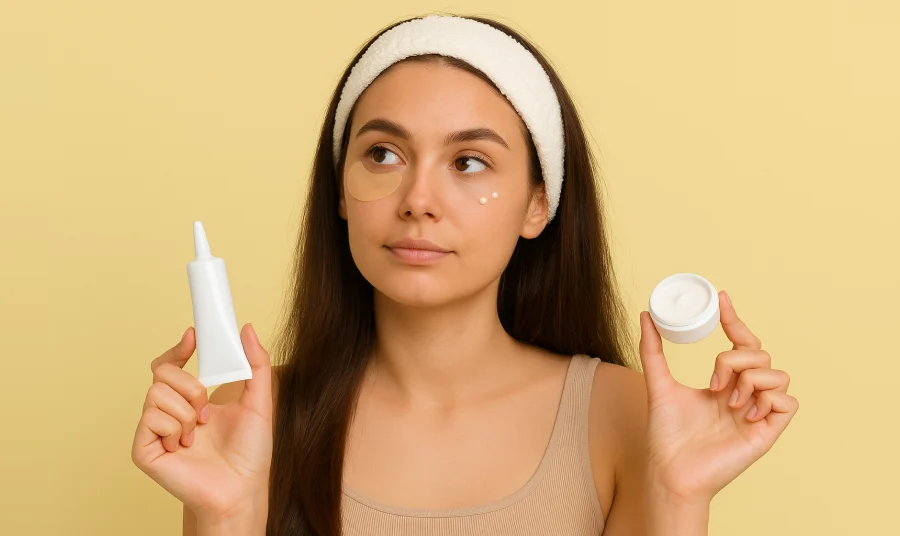
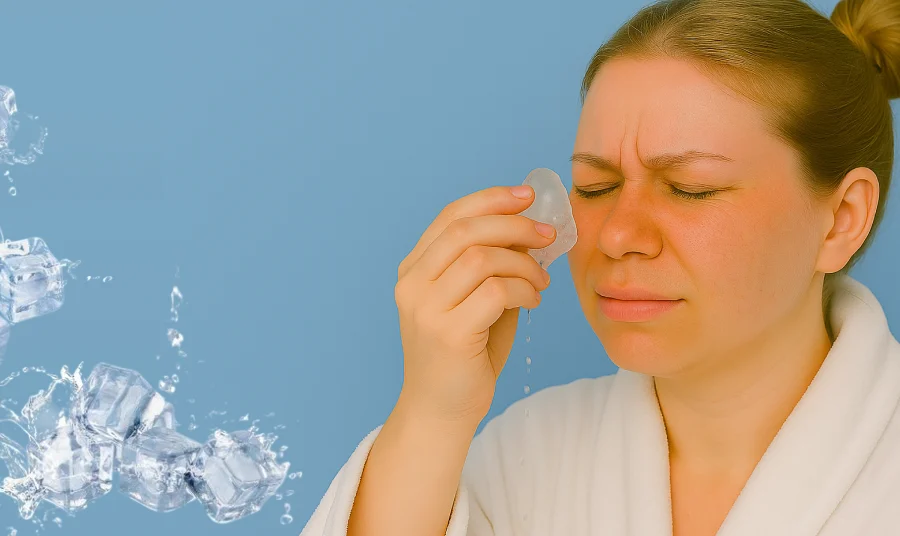
Leave a Comment